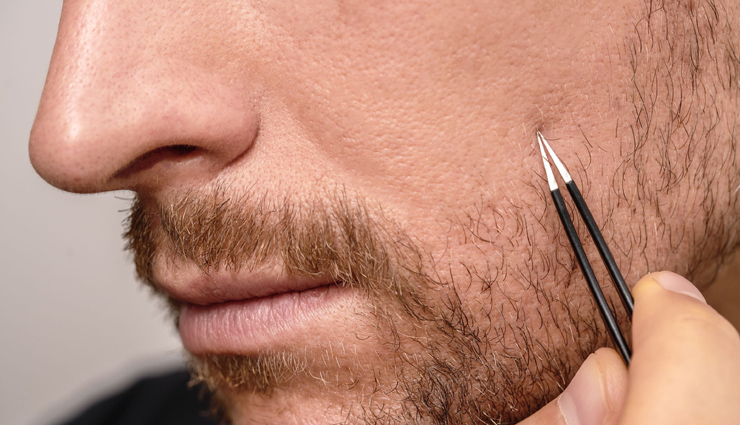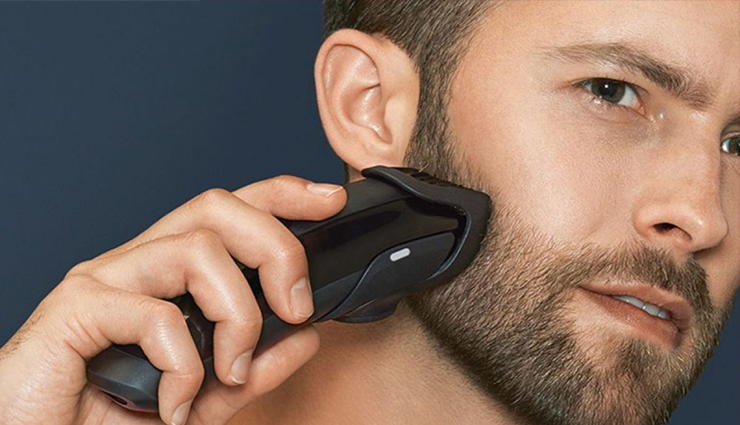
To better understand what ingrown hairs are and why they happen, we must first understand the anatomy of our skin and hair follicles. The skin is composed of three layers, the outermost layer is known as the epidermis, then there is the dermis, and the deepest layer of skin is known as the hypodermis or subcutaneous fascia. The hair follicle (the structure responsible for growing and housing hair) originates at the surface of the epidermis and extends down into the deep layers of the dermis. It is at this deep layer in the dermis that the hair follicle dilates into the hair bulb – the base where cell proliferation is the highest and pushes the newly formed hair outward towards the epidermis.

The title of this section says it all. By discontinuing removal of the hair for a month, it allows hair to grow to a length that is unlikely to penetrate the skin. Letting hair grow has historically been the treatment of choice for pseudofolliculitis barbae. But it is easy to understand why growing out one’s facial hair may not appeal to all of us, so instead, use an electric trimmer that keeps the hair at least 1mm in length (a length longer than razor shaves). By using an electric trimmer and keeping the hair at an appropriate length it reduces the risk of developing ingrown hairs.
* Shower First, Shave After
It has been recommended that individuals shave after a warm bath. The warm water helps to soften the hair and reduces the number of sharp edges formed during shaving. After a hot shower, a diligent pre-shave regimen is crucial. Incorporating a warm compress and a mild cleanser -followed by generous amounts of shaving cream left on for 10 minutes further softens the hair and also aids in preventing the generation of sharp-ended hairs while shaving. As a final note, it has been suggested that one should rinse the razor blade with warm water after each stroke in order to prevent the traction that occurs from hair build within the razor.
An additional key point is to shave in a direction that is parallel to how the hair is growing, rather than going against the grain or at an angle, again, effectively limiting the production of sharp-tipped hair is crucial.
* Sometimes Less is More
Consider using a single blade razor instead of a multi-bladed razor. These days, razor blade companies boast about the number of blades their razors have, yet the first blade actually acts to pull the hair up while the subsequent blades are the ones that do the cutting. This subtle but critical nuance is important because it allows for the cut hair to retract back into the follicle. By using a razor with fewer blades and avoiding stretching of the skin while shaving can potentially aid in limiting ingrown hair formation.* Scrub-a-Dub-Dub
Use of a slightly abrasive cloth, antibacterial soap, and warm water while scrubbing in a circular motion to wash the bearded area/ location of ingrown hairs can be an effective method in releasing hairs embedded in the skin. This practice should be done daily in order to gain maximum benefit. On a side note, it is not recommended to pick or pluck ingrown hairs – such actions can lead to potential worsening of inflammation and can even result in scarring.